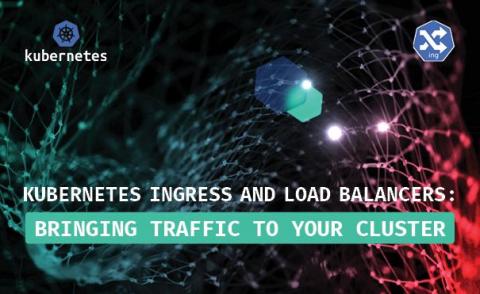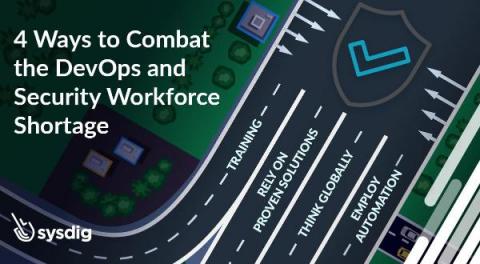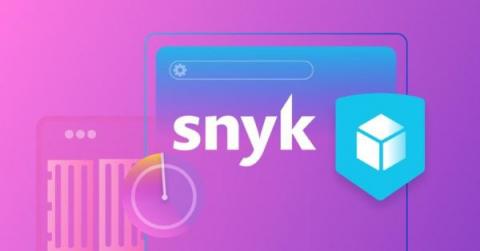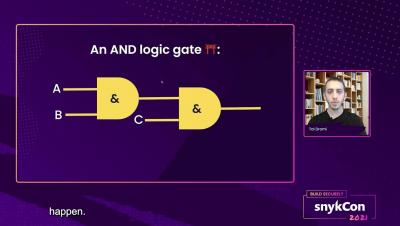Security | Threat Detection | Cyberattacks | DevSecOps | Compliance
DevOps
JFrog Took Security to New Heights in 2021
With security now a critical “must have” for DevOps teams, JFrog significantly deepened and extended our platform’s already solid security capabilities in 2021. In this post, we’ll look back at our major advances last year – and look forward at what’s to come in 2022.
4 Ways to Combat the DevOps and Security Workforce Shortage
Most people are painfully aware that security breaches have increased in recent years, while at the same time becoming much more sophisticated in their approach. Additionally, ever-expanding application environments and continuously evolving workloads have created more opportunities than ever for attackers. What’s not so apparent to those outside of the tech bubble: The world is dangerously ill-equipped to handle the magnitude of these threats.
Using Pulumi to automate the Snyk Kubernetes integration for containers
We have all heard of the term infrastructure as code (IaC), however code in this context is not really code in the sense of a programming language. IaC usually refers to the configuration of infrastructure via tools like Terraform, CloudFormation, Kubernetes YAML, or Azure Resource Manager templates, which is really the definition of how the infrastructure will be created.
Join "The Big Fix" to secure your projects with Snyk and earn cool swag
What if there was a large, global event dedicated to finding and fixing security vulnerabilities in both open and closed-source software? An event that brings developers, DevOps, and security practitioners of all skill levels and backgrounds together to collectively make the software world more secure? Well, I’m excited to announce that Snyk has made this a reality by launching The Big Fix — a month-long event that’s running now!
How to Use the Snyk CLI to Fix Vulnerabilities in Your Application: The Big Fix
Five Critically Important Facts About npm Package Security
In 2021, the WhiteSource Diffend automated malware detection platform detected and reported more than 1,200 malicious npm packages that were responsible for stealing credentials and crypto, as well as for running botnets and collecting host information from machines on which they were installed.
CVE-2021-44142: Critical Samba Vulnerability Allows Remote Code Execution
Recently, a critical out-of-bounds vulnerability, assigned to CVE-2021-44142, was disclosed in Samba versions prior to 4.13.17. The Samba vulnerability carries a critical CVSS of 9.9 and allows attackers to remotely execute code on machines running a Samba server with a vulnerable configuration. The vulnerability was disclosed as part of the Pwn2Own Austin competition where researchers are challenged to exploit widely-used software and devices with unknown vulnerabilities.











